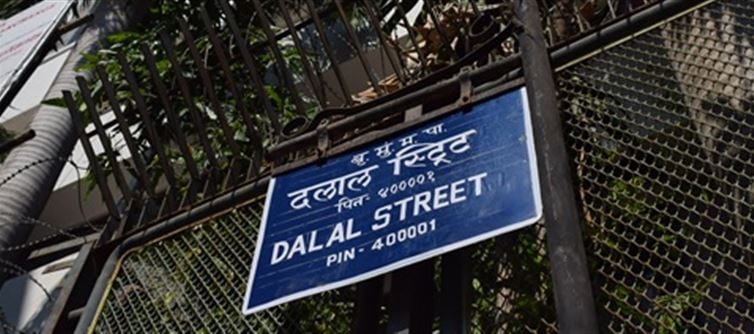
The markets are trembling—and not just from day-to-day volatility. Underneath the surface lies a deeper, more systemic unease that today’s traders cannot afford to ignore.
Blurring Lines: The SEBI vs Jane Street Case
SEBI’s pursuit of Jane Street has thrown a spotlight on the thin, shifting boundary between high-frequency smart trades and market manipulation. If regulators begin to clamp down aggressively, what appears as a routine trading strategy today could be tomorrow’s compliance headache.
Lesson for traders: Regulatory arbitrage is no longer a safe zone. What’s legal isn’t always immune from scrutiny.
The ₹9 Trillion Liquidity Puzzle
Despite a surplus of ₹9 trillion in RBI’s liquidity window, credit growth remains sluggish. Yield Scribe’s analysis points to a broken transmission mechanism and weak demand as the real culprits.
Red flag: Liquidity alone won’t lift markets if the economy beneath is cooling. Be wary of bullish bets based solely on policy signals.
FTA Talks or Concessions?
India’s FTA negotiations with the US could tilt heavily in Washington’s favour. @ajaydgft cautions that india might face pressure to drop tariffs that currently protect its labour-intensive sectors—textiles, footwear, and more.
Implication for equity traders: Stocks tied to export-heavy and protected industries may be in for a rude shock if policy gives way to concessions.
These aren’t isolated issues. They are interconnected cracks in India’s trading and economic architecture. When trading tremors meet policy fault lines, the result can be market quakes of significant magnitude.
Today's takeaway for traders:
Stay nimble. Stay informed. Don’t just follow the charts—watch the headlines, read the subtext, and most importantly, prepare for shifts that are regulatory and geopolitical, not just technical.
Because in markets like these, ignorance isn’t just risky—it’s expensive.




 click and follow Indiaherald WhatsApp channel
click and follow Indiaherald WhatsApp channel